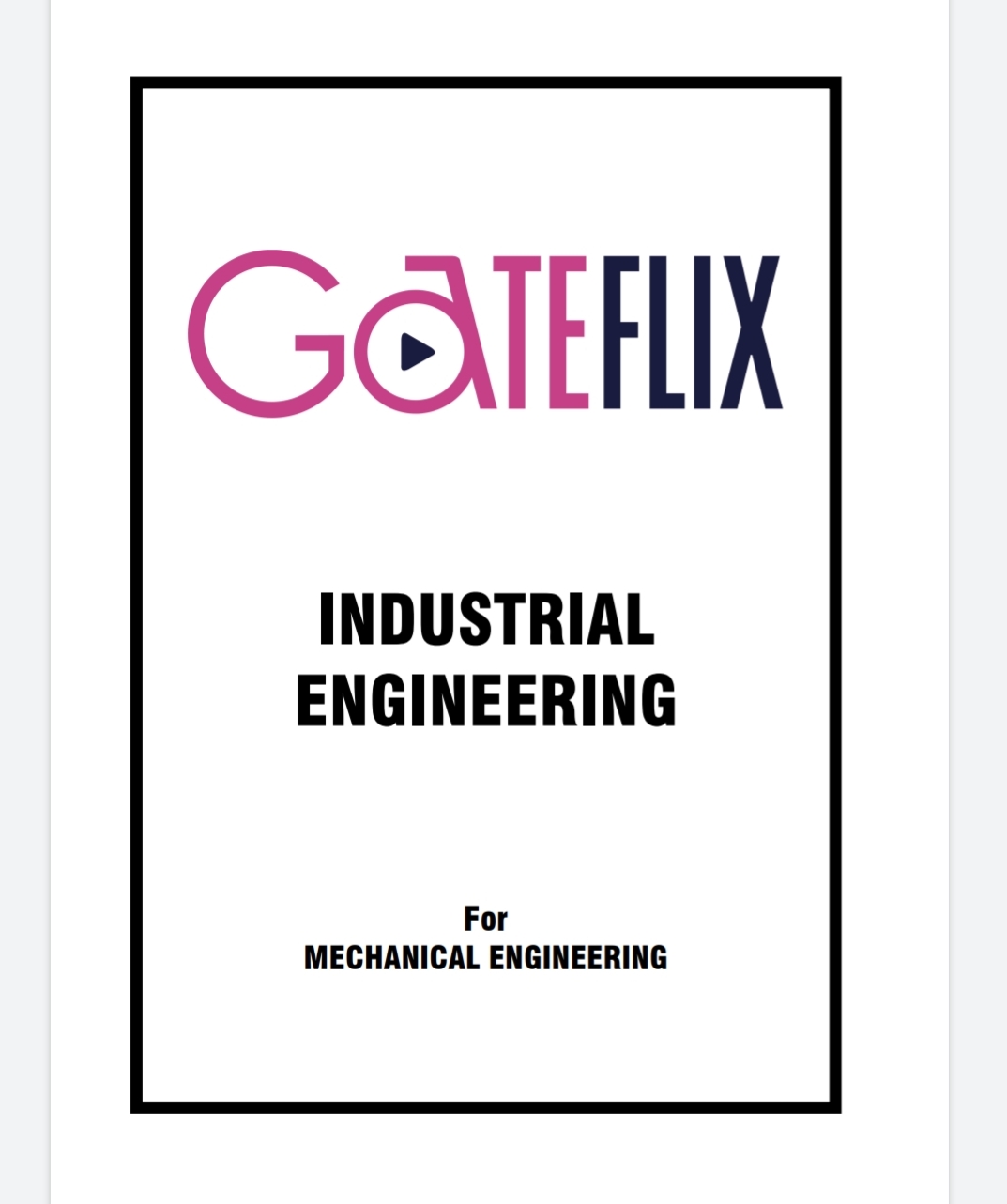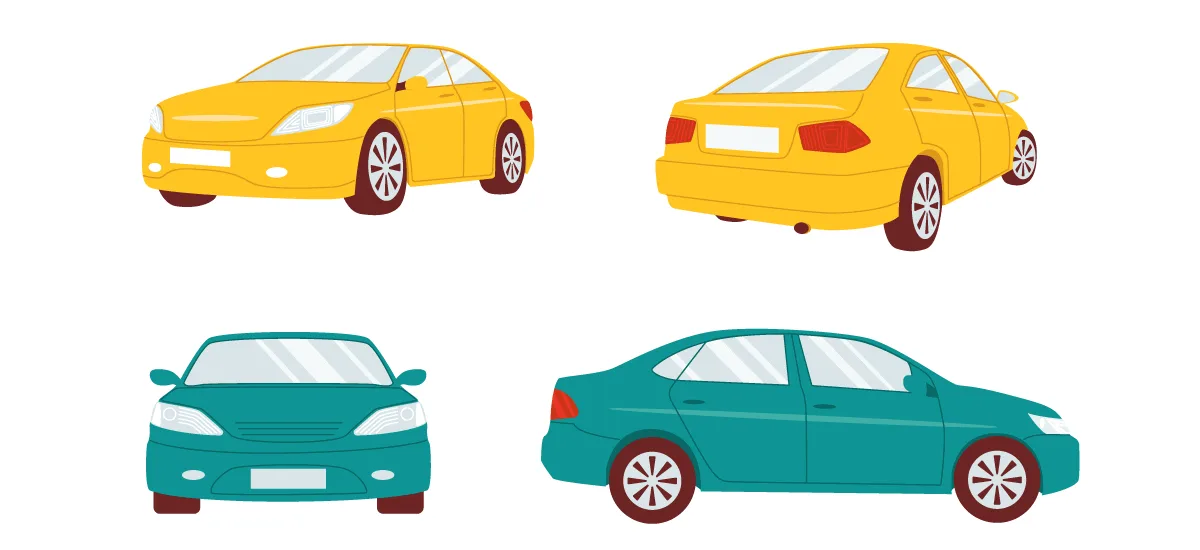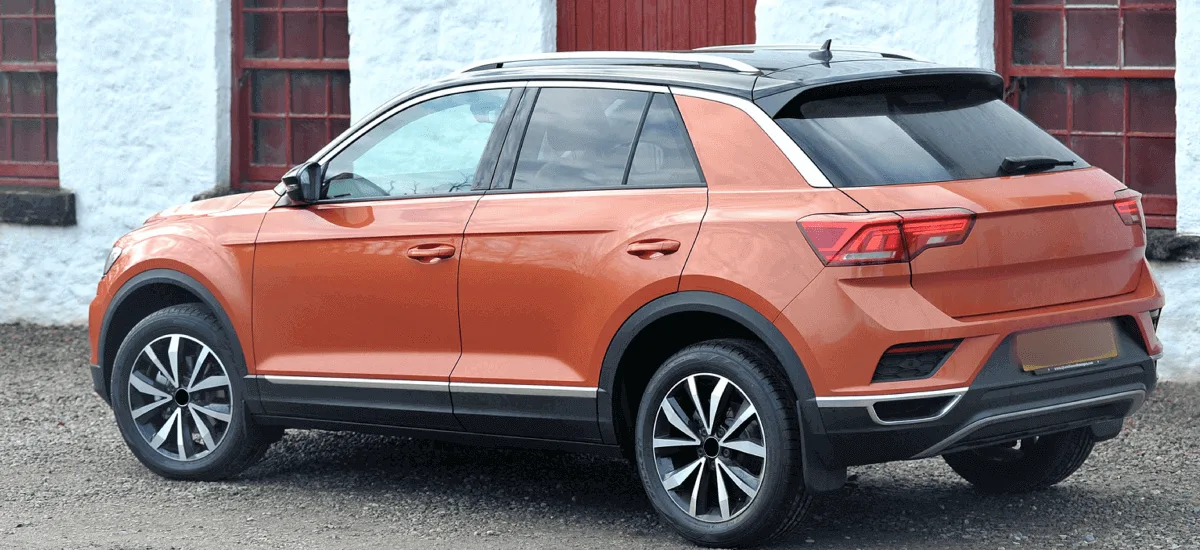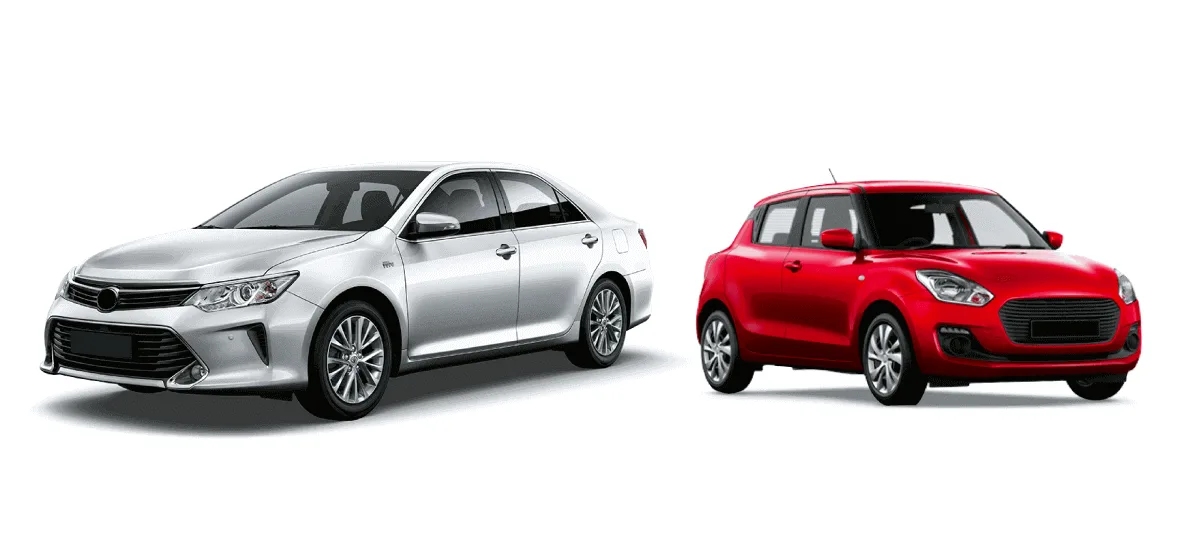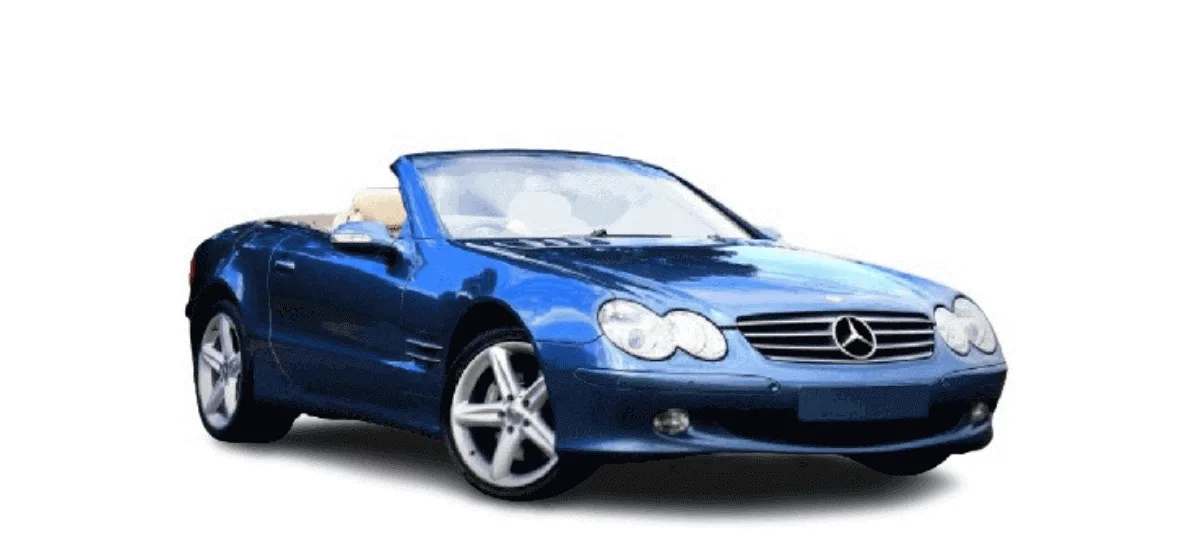
Comprehensive insurance is a type of automobile insurance that covers damage to your car from causes other than a collision. Comprehensive insurance will cover your vehicle if destroyed by a tornado, dented by a run-in with a deer, spray-painted by a vandal, damaged by a break-in, or crushed by a collapsing garage, among other causes.
Understanding Comprehensive Insurance
Comprehensive insurance, collision insurance, and liability insurance are the three components of an automobile insurance policy. In most states, the law requires drivers to carry liability insurance, but collision and comprehensive insurance are optional if someone owns a vehicle outright. If a person has financed the vehicle, the auto loan company might require comprehensive insurance.
What Comprehensive Insurance Covers
In terms of what comprehensive insurance covers, the list includes damages related to:
- Contact with animals, such as hitting a deer
- Natural disasters, including earthquakes, floods, and hurricanes
- Fire
- Riots and vandalism
- Vehicle theft, or theft of certain parts of the vehicle
- Broken windshields
- Fallen objects, including branches, rocks, or hail
Comprehensive Insurance vs. Collision Insurance
It can make sense to have comprehensive car insurance if you’re buying a brand-new car, regardless of whether you finance it or pay cash. Comprehensive coverage can protect you against minor and major damages caused by things beyond your control, regardless of whatever coverage you may have that extends to accidents.
Where you live can also play a part in your decision of when to have comprehensive coverage. If a person lives in a rural area where collisions with animals are common or in a stormy area that often gets hail, they might want to purchase comprehensive insurance. The same is true if a person lives in a higher-crime part of town where break-ins and theft occur regularly.
Collision insurance protects you in a single-car rollover, a collision with another vehicle, or a collision with an object. It does not cover break-ins or thefts, or weather-related damage. If you lease a car, you’ll be required to purchase collision insurance. Collision insurance comes in handy when you get into an accident to help pay for your vehicle’s repair, and it covers any damage to your car due to potholes in the road.
Neither insurance will cover medical bills from an accident or damage to another person’s vehicle if you are in an accident.
When purchasing comprehensive coverage or any other type of car insurance, be sure to compare the best car insurance companies to find the most affordable rates.
Cost of Comprehensive Insurance
Comprehensive covers damage to your car caused by accidents and disasters beyond car accidents. The average cost of comprehensive is approximately $134 per year, according to the Insurance Information Institute. However, Insurance.com reports that figure is $192, depending on the state you live in. Either way, you are looking at under $200 a month just for comprehensive insurance for your car.
Collision and comprehensive insurance each have their deductibles (liability insurance has no deductible), so a driver can choose different deductibles based on perceived risk levels in each of these areas.
If someone thinks they’re not likely to file a comprehensive claim, but they don’t want to forego comprehensive insurance altogether, they could choose a relatively high $1,000 deductible to lower the premiums. The higher a vehicle’s cash value, the more expensive a comprehensive insurance policy will be.
Understanding how insurance companies determine driver risk classes can help you estimate what you might pay for comprehensive coverage. Where you live, your driving record, and your coverage amounts can determine how much you pay for car insurance, including comprehensive coverage.
For example, the most expensive state to insure a car is in Louisiana, where the average driver spends $1,545 on full car insurance each year. The least expensive state, by comparison, is North Dakota drivers pay just $686 per year on average to insure their vehicles.
Advantages and Disadvantages of Comprehensive Insurance
Comprehensive auto insurance protects you financially from theft, natural accidents, and weather-related damage. This insurance means you won’t end up paying out of pocket if a tree falls on your car or a thief steals your catalytic converter.
There are downsides. If you are in an accident, comprehensive insurance won’t pay for the damage. And comprehensive insurance may be expensive if you are purchasing it along with collision insurance. If your vehicle is older and paid off, you could save money by not purchasing comprehensive coverage, especially if theft and weather-related events are not concerns where you live.
Example of Comprehensive Insurance
Comprehensive insurance works similar to any other type of auto insurance if you need to file a claim. But if you’ve never had to do so, it helps to have an illustration, so you know what to expect. Here’s an example of how comprehensive insurance works if a driver files a claim for vehicle damages.
Say someone drives a Honda Accord worth $10,000, with a $1,000 comprehensive deductible. If a tornado destroys the car, the driver will receive $9,000 from the insurance company. If they don’t have comprehensive coverage and a tornado destroys the vehicle, the collision and liability portions of the policy won’t cover the damage.
The driver will be responsible for the entire $10,000 loss. A driver might have to get a loan to purchase a replacement vehicle or settle for something less expensive if they don’t have $10,000 to spend on an equivalent replacement.
Seeing an example of comprehensive insurance in action can offer some perspective on how valuable it can be if your car is damaged. If you’re leaning more toward the “when to drop comprehensive insurance” side, it’s helpful to know how much damages may cost you to repair out of pocket.
How Does Comprehensive Insurance Work?
Like other forms of auto insurance, comprehensive coverage pays for part of the loss if your car is damaged. The vehicle owner will also have to pay for part of the cost, known as the deductible. The insurance payment can be used for repairs, or for a new vehicle.
What Does Comprehensive Auto Insurance Cover?
Comprehensive auto insurance covers any damage to a car except for damage from a collision. This includes natural hazards, such as deer strikes and falling limbs, as well as fire, weather, natural disasters, theft, and acts of vandalism. However, it does not cover damage caused by a collision with another vehicle, or injuries to a passenger or another person.
How Much Does Comprehensive Auto Insurance Cost?
The cost of a comprehensive insurance policy will vary, based on the value of the vehicle, the zip code where it is registered, and the driver’s past insurance history. Car and Driver estimated the average cost of comprehensive policies to be about $160 per year in 2017, but this included group policies that are not available to individual drivers.
Does Comprehensive Insurance Cover Damage From Potholes?
No, comprehensive insurance doesn’t cover any damage to your car due to potholes in the road. However, collision insurance does, since it covers any damage due to collision with an object.
The Bottom Line
If you’ve paid for your vehicle in full, and you can’t afford comprehensive insurance, or you own an older automobile that doesn’t have much value, you might feel that you’re at low risk of non-collision damage. In this case, you might choose to skip comprehensive insurance. Or, if you prefer to self-insure, then you might also decide not to purchase comprehensive insurance.
But remember that in this instance, forgoing comprehensive coverage means you could end up with a steep repair bill if your car is damaged. So weigh the costs of any potential repairs against what you might pay in terms of premiums or deductibles to maintain comprehensive coverage.

